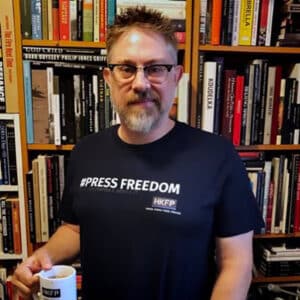Walking up the stairs to photographer Stephen Shames’s apartment in Brooklyn is like walking through a history of the photographer’s work. Over a career that spans five decades, Shames has been all over the world, covering everything from child pover...



